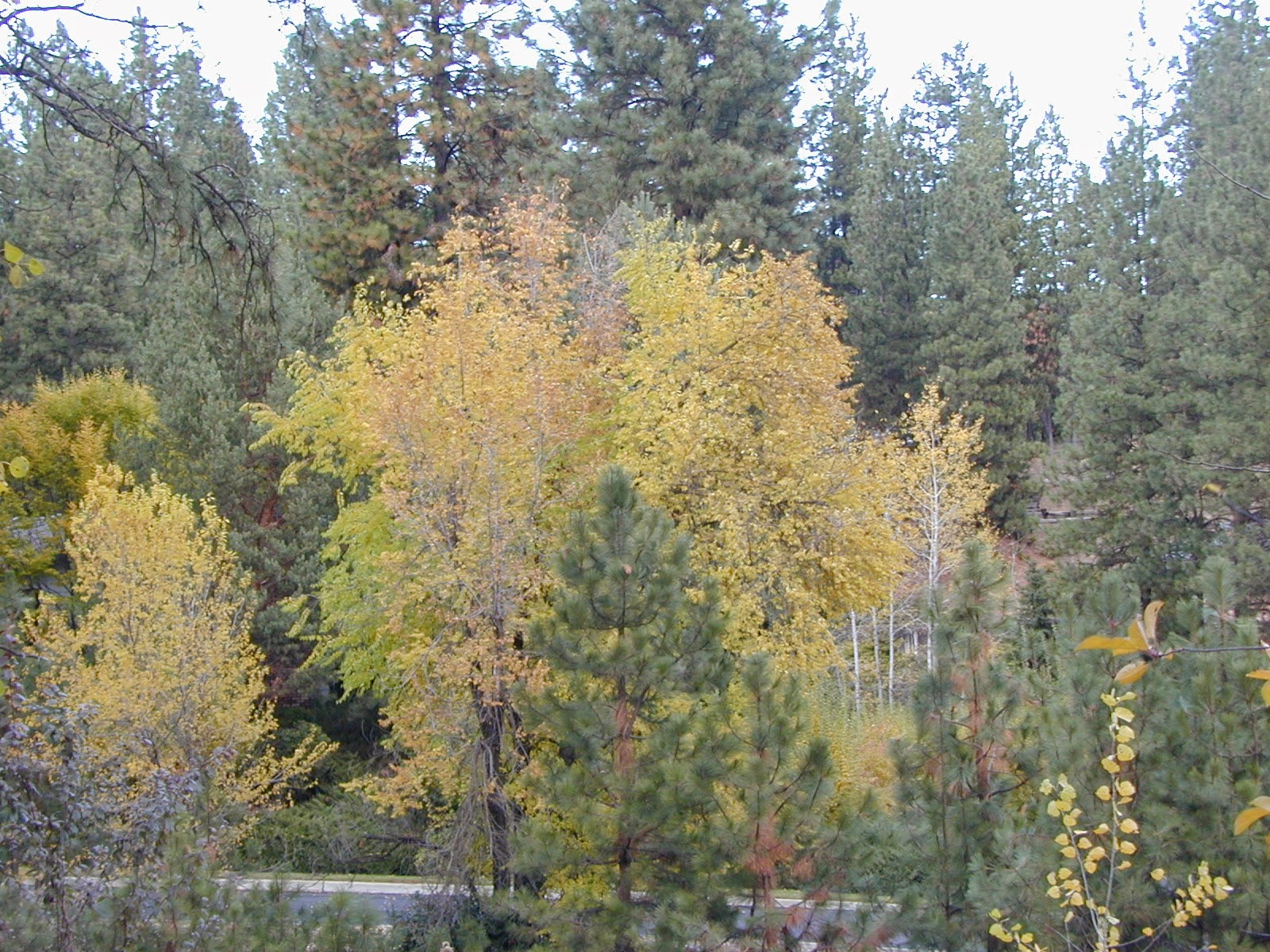The Siberian Elm is a very common elm in many parts of the country, and pretty common here. They are exceptionally hardy, weedy, brittle, usually with some dead wood, but easy to grow. They are medium to large deciduous trees with a fast growth rate to 50-60' forming a broad upright habit with several strong primary lateral branches.
Leaves are deciduous, simple, alternately arranged, 2-3" long (hence the pumila = small) elliptical to oblong or ovate shaped, with singly serrated margins, medium green upper surface, lighter below. Unlike many elms the leaf base is more or less symmetrical. Fall color usually yellow, but may see a little red here and there. Often no fall color at all.
Terminal stems are thin, resulting in a slightly weeping habit of the fine branching.
These are flower buds, rounded, while the vegetative buds are tiny. Small red flowers in the spring.
Fruit is a flatten samara, about the size of a dime, thin papery with the seed more or less in the middle.
Bark is rough, platy, gray and dark gray to black.
Fall color up in the PNW.
Misidentification:
Ulmus parvifolia is commonly confused with this, though several distinct difference are quite obvious. The bark for one, flowering season - this one blooms in spring, and the growth habit - this one is larger, and not as layered as U. parvifolia.
Location:
Aptos
309 and 311 Spreckels Dr.
Santa Cruz
Nice one at the Cemetery on Ocean Street Extension is in the first picture.







